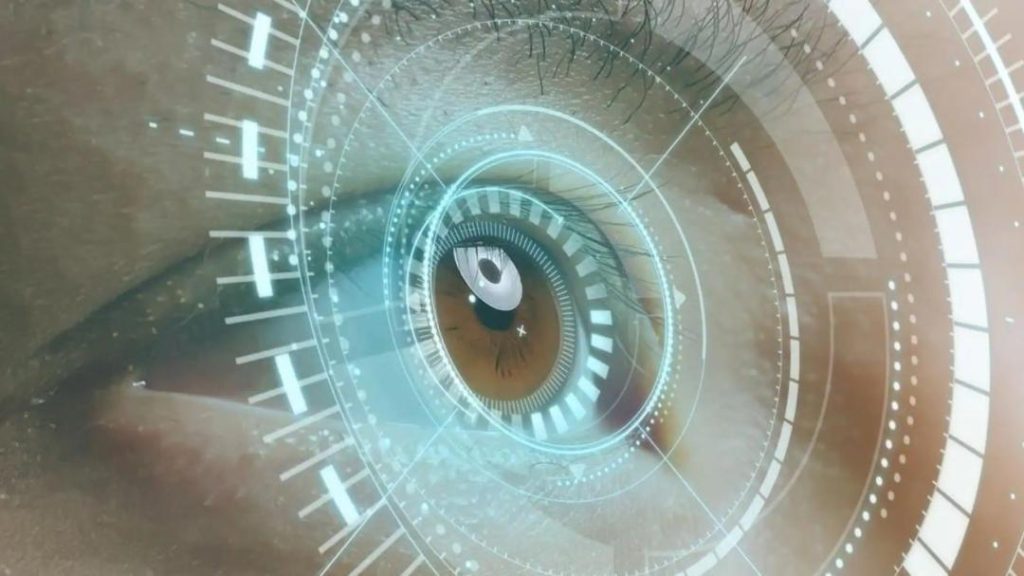
Visual Sensor that Adapts to Extreme Light Changes Faster than Human Eye Created
In a groundbreaking achievement, Chinese scientists have developed a vision sensor using semiconductor “quantum dots” that adapts to extreme light changes faster than the human eye. This bionic visual sensor has the ability to adjust to extreme changes between dark and light in about 40 seconds, compared to two to 30 minutes for human eyes. This technology has the potential to revolutionize the field of artificial intelligence and computing by enabling more brain-like systems.
The development of this sensor is a significant step forward in the creation of more advanced and human-like machines. Currently, most electronic devices struggle to adapt to changes in lighting conditions, leading to reduced performance and accuracy. This limitation is particularly evident in applications where devices need to function in environments with varying levels of light, such as in robotics, autonomous vehicles, and medical imaging.
The new bionic visual sensor, developed by researchers at the University of Science and Technology of China, uses a unique combination of materials to achieve its impressive adaptability. The sensor is made up of a layer of quantum dots, which are tiny crystals that can be excited by light. These quantum dots are sensitive to different wavelengths of light, allowing them to detect changes in illumination levels.
The sensor is also equipped with a specially designed amplifier and processing system, which enables it to quickly adjust to changes in lighting conditions. This processing system is capable of analyzing the light signals received from the quantum dots and adjusting the sensor’s settings accordingly.
In tests, the bionic visual sensor was able to adapt to changes in lighting conditions in just 40 seconds, compared to two to 30 minutes for the human eye. This impressive performance is due to the sensor’s ability to quickly adjust its sensitivity to different light levels, allowing it to accurately detect and respond to changes in illumination.
The potential applications of this technology are vast and varied. In robotics, the sensor could enable robots to more accurately perceive their environment and adjust their actions accordingly. In autonomous vehicles, the sensor could improve the vehicle’s ability to detect and respond to changes in lighting conditions, reducing the risk of accidents.
In medical imaging, the sensor could enable the development of more advanced and sensitive imaging technologies, capable of detecting subtle changes in tissue composition and structure. The sensor could also be used in a variety of other applications, including surveillance, monitoring, and control systems.
The development of this bionic visual sensor is also significant for its potential to enable more brain-like computing systems. The sensor’s ability to adapt to changing light conditions is reminiscent of the human brain’s ability to adapt to changing environments and situations. By developing sensors that can mimic this ability, researchers may be able to create more advanced and intelligent machines that can learn and adapt to new situations.
The news of the bionic visual sensor’s development comes at a time when researchers are increasingly focused on developing more advanced and human-like machines. The development of this sensor is a significant step forward in this effort, and could have far-reaching implications for a wide range of applications.






